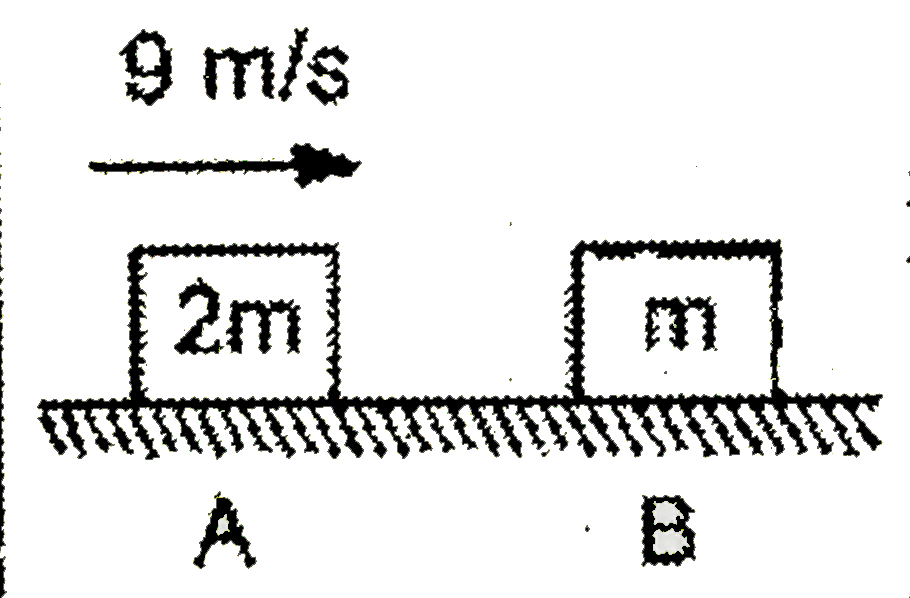A
B
C
D
Text Solution
Verified by Experts
|
Topper's Solved these Questions
IMPULSE AND MOMENTUM
ANURAG MISHRA|Exercise P-4|3 VideosView PlaylistIMPULSE AND MOMENTUM
ANURAG MISHRA|Exercise P-6|4 VideosView PlaylistIMPULSE AND MOMENTUM
ANURAG MISHRA|Exercise P-2|9 VideosView PlaylistFORCE ANALYSIS
ANURAG MISHRA|Exercise Matching type|13 VideosView PlaylistRIGID BODY MOTION
ANURAG MISHRA|Exercise MATCH THE COLUMN|12 VideosView Playlist
Similar Questions
Explore conceptually related problems
Knowledge Check
A
B
C
D
Submit
A
B
C
D
Submit
A
B
C
D
Submit
Similar Questions
Explore conceptually related problems
ANURAG MISHRA-IMPULSE AND MOMENTUM-P-3
- A block of mass 2 m collides,elastically with a masss m kept at rest. ...
15:57
|
Playing Now - A block of mass 2 m collides,elastically with a masss m kept at rest. ...
15:57
|
Play - A block of mass 2 m collides,elastically with a masss m kept at rest. ...
15:57
|
Play - A block of mass 2 m collides,elastically with a masss m kept at rest. ...
15:57
|
Play - A block of mass 2 m collides,elastically with a masss m kept at rest. ...
15:57
|
Play - A block of mass 2 m collides,elastically with a masss m kept at rest. ...
15:57
|
Play
